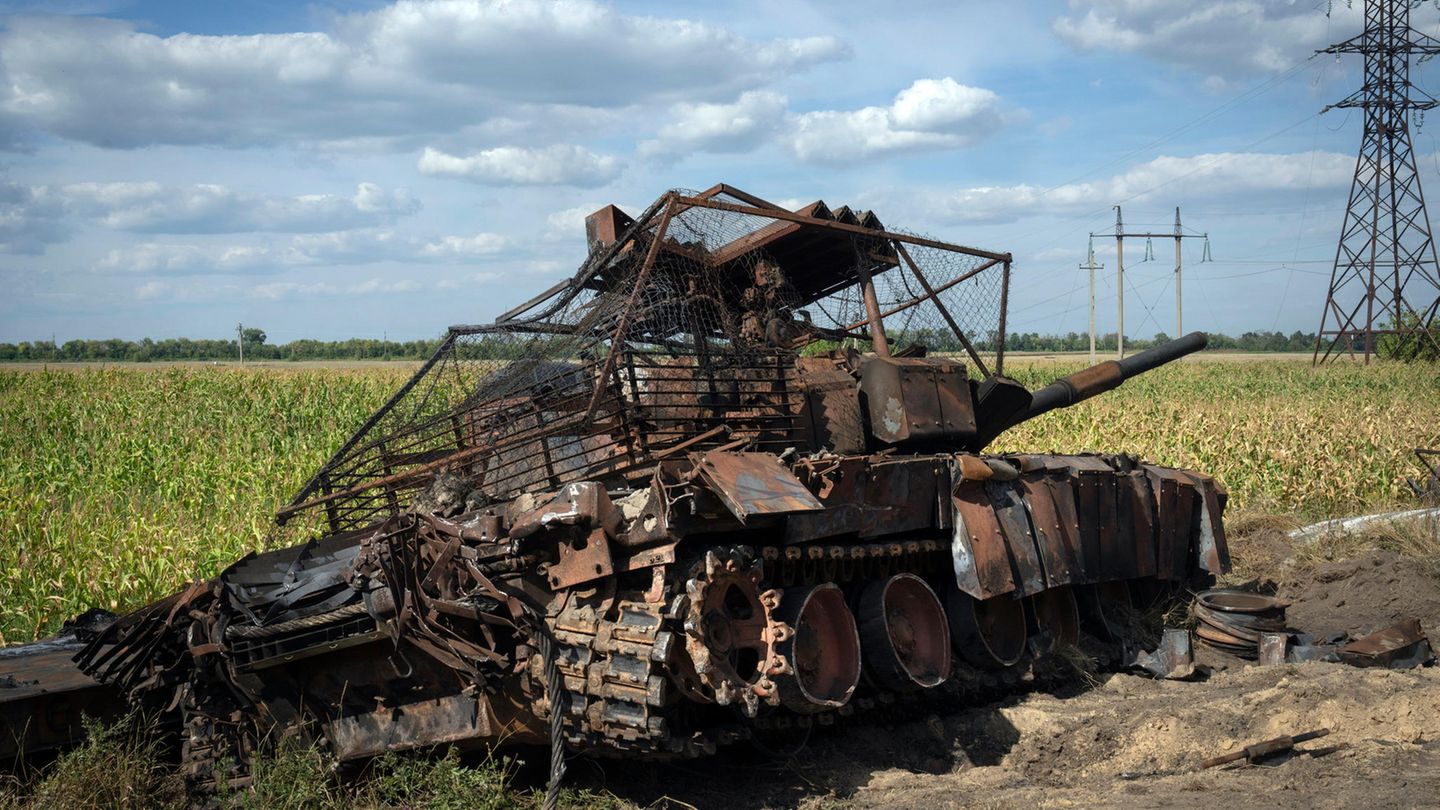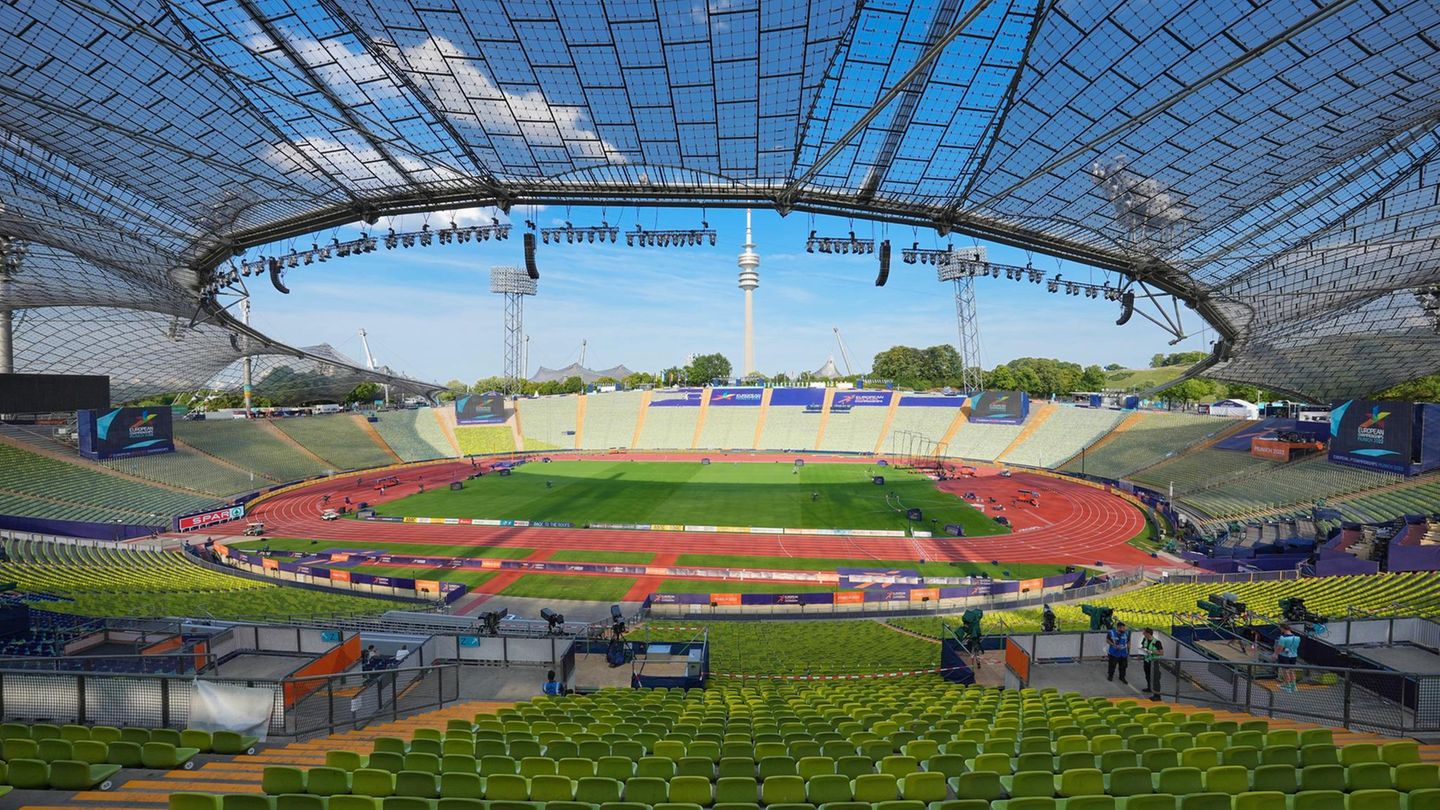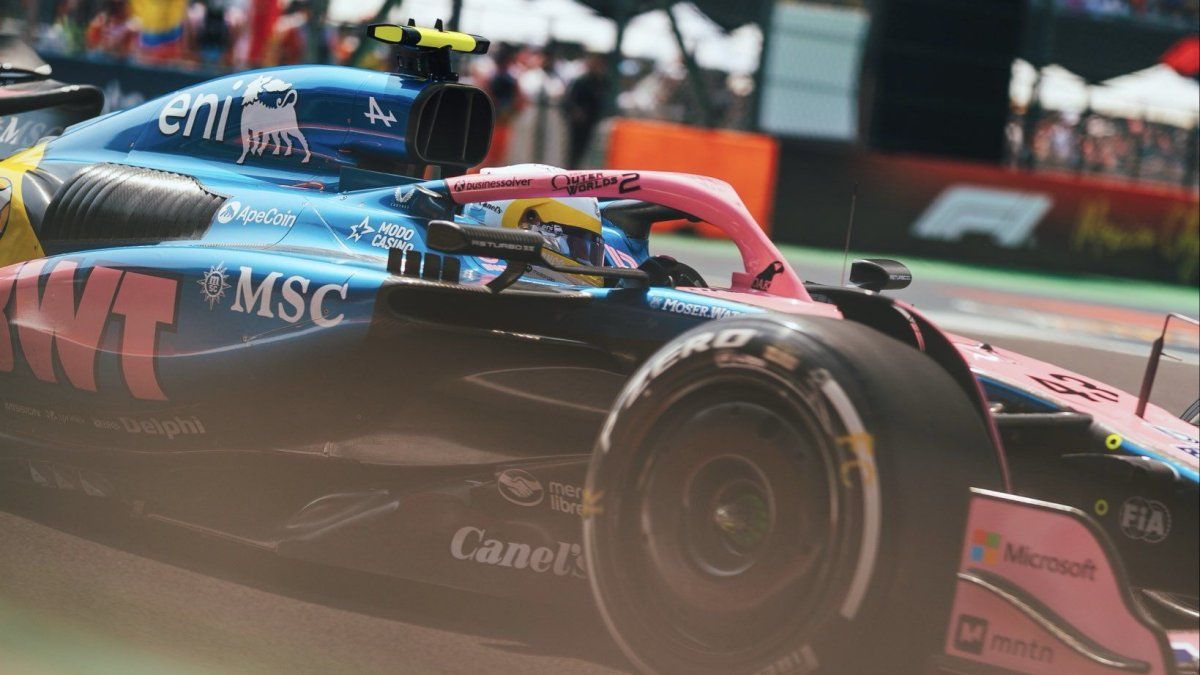analysis
Ukrainian President Zelensky has revealed the goal of the Kursk offensive. But there are doubts about the success of the operation.
What military objective does Ukraine want to achieve in the Russian region of Kursk? This has puzzled analysts since the offensive began on August 6. The Ukrainian military has been accused of not having any strategic objective at all, apart from the value of having pulled off a PR coup.
Two days ago, President Volodymyr Zelensky announced that he wanted to create a buffer zone on Russian territory. He said: “Our most important task in all defensive operations now is to destroy as much Russian war potential as possible and to carry out as many counteroffensives as possible.” This also includes the creation of “a buffer zone on the territory of the aggressor – our operation in the Kursk region.”
What does buffer zone mean?
Putin also named a buffer zone as the target of his operations north of the city of Kharkiv in eastern Ukraine. But what does this term actually mean?
First of all, the goal of a buffer zone says a lot about what Kiev will not do, at least officially: advance ever deeper into Russia, take over the city of Kursk or at least endanger it, or occupy the nuclear power plant there. But Zelensky also made it clear that he does not want to annex the conquered territories, but to occupy them for the duration of the war. To this end, work has already begun to set up a military administration in the conquered region.
This will probably not make the buffer zone any deeper, but it could very well become wider. Ukrainians are currently trying to expand their incursion into Russian territory to the west and east, or to carry out similar operations at other points along the northern border. But can Kyiv succeed in essentially holding onto the occupied territory and even expanding it?
Politically important, militarily insignificant
In the fluid nature of the war of movement since the surprise attack on August 6, many areas and deep advances have been attributed to Kyiv, often just because a few Ukrainian vehicles were spotted there and no Russians were defending the location. But that does not mean that the location is held or even defended by the Ukrainians. So it is to be expected that some of these “map gains” will be lost as quickly as they were won.
One should not count on the 1,000 square kilometers mentioned by Ukraine, but the military began to fortify a core zone at the very beginning of the operation. So it was expected from the outset that the phase of the stormy advance would quickly end and the Ukrainian forces would then go over to the defensive.
Buffer zone could cost Putin months
The Ukrainians may well succeed in establishing a buffer zone along the border. It could take months before the Russians can push them back from the conquered areas. It is also conceivable that they could widen the intrusion or try to cross the border elsewhere, such as near Belgorod.
However, the Russians have now woken up and have nipped several of these attempts in the bud. It is also questionable whether Ukraine has additional brigades in reserve to open up new hot front sections. Conversely, it is not known to what extent Russia can send troops into the region without weakening the front in eastern Ukraine. And of course the Ukrainians are hindering the Russian deployment, for example by destroying the bridges over the Sejm River that are important for supplies.
The front in Donbass is slipping
A permanent buffer zone would be a humiliation for the Putin regime. But the word also has a downside: Ukraine is giving up the initiative and preparing for defense without having conquered a militarily important target. Apart from humiliation and a loss of face, Russia has lost several dozen villages and towns.
As a springboard for further offensives, they could become of military importance to the Ukrainians, but as an occupied buffer zone alone they have no value. Only political reasons are forcing Putin to take action against the bridgehead. Militarily, it would be sufficient to seal off the zone and prevent the enemy from advancing further, and otherwise wait and see.
The central problem remains that it will not matter for the continuation of the war whether Kiev continues to occupy this strip at the turn of the year if it does not succeed in stopping the Russian advance in the east. Parallel to the reports of victories from the Kursk area, the disintegration of the Ukrainian front in the east is accelerating. The Ukrainian troops are retreating and the newly occupied positions are falling faster than those previously abandoned. And these conquests contribute directly to the Kremlin’s strategic war aims.
Source: Stern
I have been working in the news industry for over 6 years, first as a reporter and now as an editor. I have covered politics extensively, and my work has appeared in major newspapers and online news outlets around the world. In addition to my writing, I also contribute regularly to 24 Hours World.




